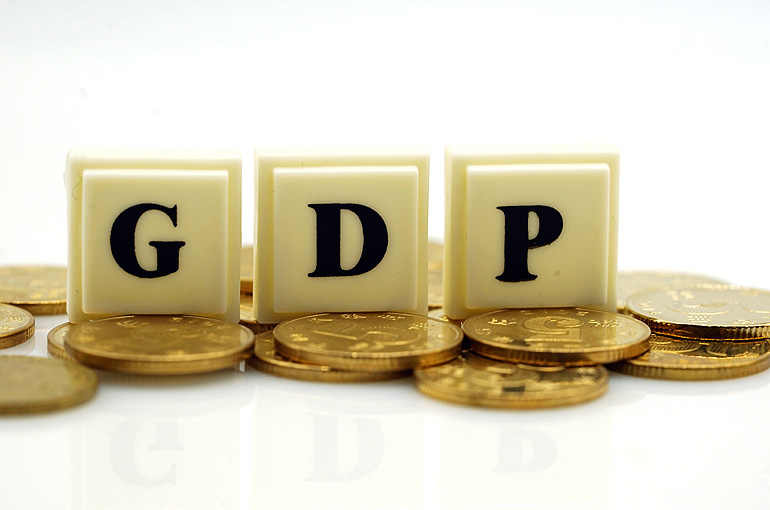Select Language:
The regional macroeconomic research agency has updated its forecast, increasing expectations for this year’s economic growth across the ASEAN+3 area, citing strong results in the first half and unexpectedly robust export performance despite global trade challenges.
Gross domestic product (GDP) for the ASEAN+3 region is now projected to grow by 4.1% this year, up from the previous forecast of 3.8% made in July. Last year, the combined GDP grew by 4.3%. The ASEAN+3 area encompasses all ten ASEAN member countries—Brunei, Cambodia, Indonesia, Laos, Malaysia, Myanmar, the Philippines, Singapore, Thailand, and Vietnam—along with China, Japan, and South Korea.
Projections for next year’s GDP growth have also been revised upward to 3.8%, from the earlier estimate of 3.6%.
While intra-regional trade and domestic consumption are increasingly fueling growth within ASEAN+3, the region remains closely linked to the global financial system and remains vulnerable to worldwide shocks. Despite this, the overall resilience of the financial system continues to be strong, although some vulnerabilities still linger.
In the first half of the year, ASEAN+3 economies experienced solid growth driven by robust domestic demand and exports. Market pressures, which peaked in April following the announcement of new tariffs, have gradually eased.
China, the largest economy in the region, maintained a steady 5.3% growth rate in the first half despite trade headwinds, supported by strong domestic consumer demand and accelerated exports ahead of U.S. tariffs implementation. The country’s GDP forecast has been revised to 4.8% for this year and 4.4% for next year, up from previous estimates of 4.5% and 4.1%, respectively.
Demand for semiconductors, especially those driven by artificial intelligence applications, continues to bolster exports in the region. The global chip market expanded by 19% in the three months ending June 30 compared to the previous year, significantly boosting regional semiconductor exports and leading to an 11% increase in shipments.
However, with new U.S. tariffs introduced in August already in effect, there is an expectation that export growth will slow as the year progresses. Recent purchasing managers’ indexes suggest that some economies may face weakened external demand moving forward.







